
Yalda Night (Shabe Yalda in Persian), also known as Shab-e Chelle, is an ancient festival celebrated on the longest and darkest night of the year, usually falling on December 20, 21, or 22.
During Yalda Night, Iranian families gather to share meals of fruits such as pomegranates, recite Hafez’s poetry, and stay up late, often lighting candles to mark the occasion.
This festive occasion is observed by Iranians and has spread to various other regions influenced by Persian culture, including Azerbaijan, Afghanistan, the Kurdistan Region, Tajikistan, and among diaspora communities in countries like Canada and the United States.
Yalda’s significance lies in its embodiment of light’s victory over darkness, with the subsequent lengthening of days heralding hope and renewal.
Contents
Which Night is Yalda?
Yalda Night, marking the winter solstice, is celebrated annually on the night of December 20/21 (±1) in the Gregorian calendar and represents the year’s longest night.
The exact date of Yalda Night this year:
Yalda Night 2024
Friday, December 20, 2024
جمعه، ۳۰ آذر ۱۴۰۳
The Origins of Yalda
Yalda Night echoes through time, its origins intertwined with the ancient religion of Zoroastrianism. As the longest night of the year, it holds a special place in Iranian culture, symbolizing the balance between light and dark, good and evil.
Historically, it was a period when people believed evil forces were most strong, and they would stay up all night to avoid misfortune until the sunrise heralded the resurgence of goodness.
Yalda Night, also known as Shab-e Yalda, is an ancient Persian festival that dates back to over 7,000 years ago.
The Persian kings, particularly Darius I, recognized Yalda’s importance and officially added it to the calendar around 502 BC. The term “Yalda” itself originates from Syriac, where it translates to “birth.” It’s a fitting term for a festival that celebrates the rebirth of the sun.

Ancient civilizations, including Aryans from India, Iran, and Europe, recognized that immediately after the first night of winter, the days would gradually lengthen and the nights would wane, christening this celestial event as the birth of the Sun (Mehr) and heralding the advent of a new year. It is speculated that the roots of Christian Christmas are intertwined with this belief as well.
Apart from its long history and interesting background, Shab-e Yalda is a beautiful ceremony that can be applied in today’s context as well.
Yalda Night Traditions
Yalda, celebrated on the winter solstice, is a cherished Iranian festival where families gather to spend the longest night of the year together.
Central to the celebration are pomegranates and watermelons, symbolizing life and health, and a tradition of reading poetry, especially from Hafez.
The night, illuminated by candles, symbolizes the triumph of light over darkness. People engage in conversations, storytelling, and enjoy special Yalda delicacies, staying awake until dawn. This festival embodies Iranian culture, emphasizing togetherness and the cycle of seasons.
What do Iranian people do on Yalda night?
Families across Iran and the Persian diaspora come together on Yalda night, often in the home of the eldest member. They enjoy a festive atmosphere filled with traditional foods like pomegranates and watermelons, symbolizing life and the glow of the sun.
Reading poetry, especially from the renowned Persian poet Hafez, is a central part of the celebration. People make wishes and randomly open his book, hoping to find guidance or fulfillment in his verses. Alongside this, storytelling, especially by elders, keeps the rich tapestry of Persian myths and folklore alive for younger generations.
Staying awake throughout the night is another key aspect of Yalda. This practice represents the triumph over darkness, as the days start getting longer post-solstice. To symbolize this victory, many light candles or small fires, echoing the warmth and vitality of life.
In recent times, Yalda Night has also seen an array of cultural events, including concerts and plays, both in Iran and in countries with significant Persian communities. This blend of ancient traditions and modern festivities makes Yalda Night a unique and vibrant expression of cultural heritage and familial bonds.
Family Gatherings
Family gatherings are central to Yalda Night, as homes buzz with the warmth of relatives reuniting to spend the longest night together. This tradition underscores the importance of kinship and shared moments.
As the night progresses, family members exchange stories, share laughter, and enjoy each other’s company, reinforcing bonds and creating memories that last beyond the season.
Food, Essential Part of Yalda
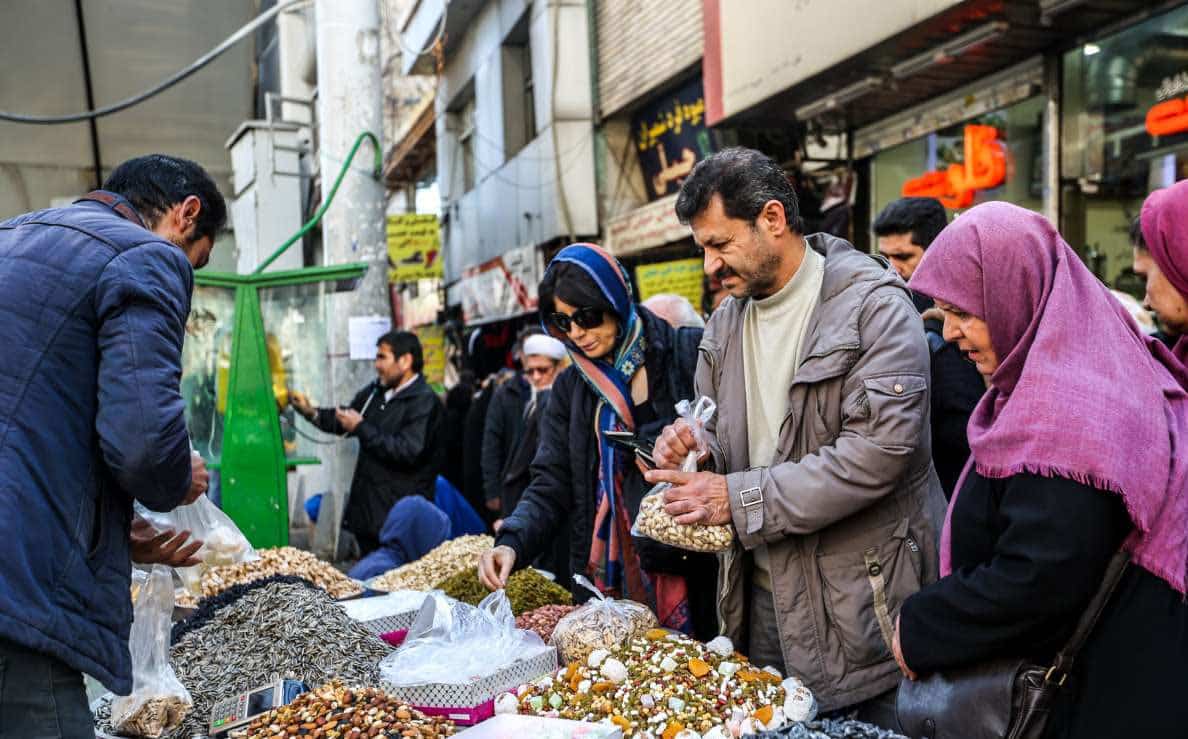
An array of traditional foods and drinks define Yalda Night, with tables lavishly spread with seasonal fruits, nuts, and a variety of sweets.
Pomegranates, with their ruby-red seeds, and watermelons, are particularly significant, symbolizing the promise of a bountiful year ahead.
Guests relish treats like ‘ajil’ (mixed nuts) and ‘bastani sonnati’ (traditional Iranian ice cream), while sipping on ‘sharbat’ (sweet Persian syrup mixed with water) to toast to health and happiness.
Recitation of Poetry and Stories
The recitation of poetry and stories is a time-honored tradition on Yalda. Families often read from the Divan-e Hafez, a cherished collection of poems by Hafez, which are believed to hold predictions and guidance for the coming year when opened randomly. The epic tales from the Shahnameh, or the Book of Kings, also resonate through the night, as elders narrate stories of heroism and ancient wisdom to younger generations.
These traditions not only serve as entertainment but also foster cultural transmission and literary appreciation. They anchor the celebration in a rich cultural context, making Yalda Night an embodiment of Iranian heritage and communal solidarity.
The first principle is to eat as much as you can! Well, it may sound like a joke, but it is somehow true. You are going to stay awake until after midnight, talking, chatting and making the night “longer”. So, you need plenty of delicious food and goodies to entertain yourself! Apart from sweets and pastries, fruits and nuts are eaten on this night as well.
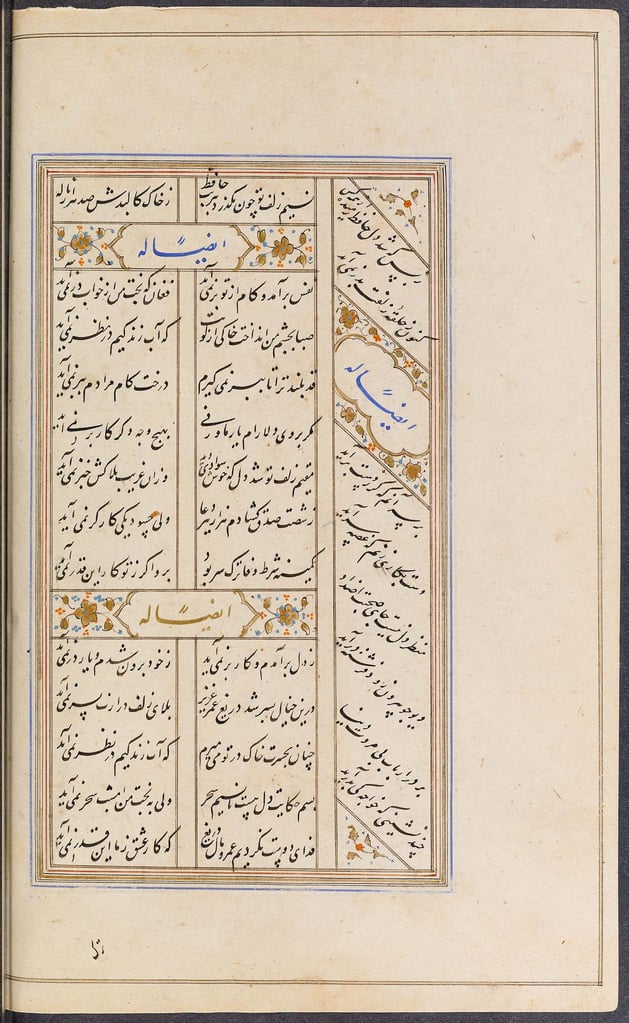
In desire of that I am that, if, forth from my hand, it come,
I may fix my hand upon a work such that the end of grief may come.
The plain of vision of the heart is not a place of society of opponents
When the demon goeth out, the Angel within may come.
The society of the Ruler is the darkness of night of winter
Ask light of the sun. Possibly, forth it may come.
– Hafez (1320-1392)
بر سرِ آنم که گر ز دست برآید / دست بهکاری زنم که غصّه سرآید
خلوتِ دل نیست جایِ صحبتِ اَضداد / دیو چو بیرون رود فرشته درآید
صحبت حُکّام ظلمتِ شبِ یلداست / نور ز خورشید جوی بو که برآید
بر درِ اربابِ بیمروّتِ دنیا / چند نشینی که خواجه کی به درآید
– حافظ (۷۲۷ – ۷۹۲ هجری قمری)
Pomegranates and Watermelons
Among fruits, pomegranates and watermelons are particularly important. You can’t celebrate a real Yalda without eating these 2 fruits. In a very traditional version, all these items and more are placed on a korsi (a type of low table found in Iran, with a heater underneath it which people sit around). In some areas, it is custom that forty varieties of edibles should be served during the ceremony of the Yalda night! So, prepare a great dinner and the most delicious things for the longest night of the year!

Use red colors and candles as much as you can! The red color (which also exists in watermelon and pomegranate) symbolizes crimson hues of dawn and glow of life. The warmth of this color brings passion and life to our cold, long night. So, it is vital to design your table using this vivid color. Candles are also important, as they bring light to our long night.
Divan-e Hafez
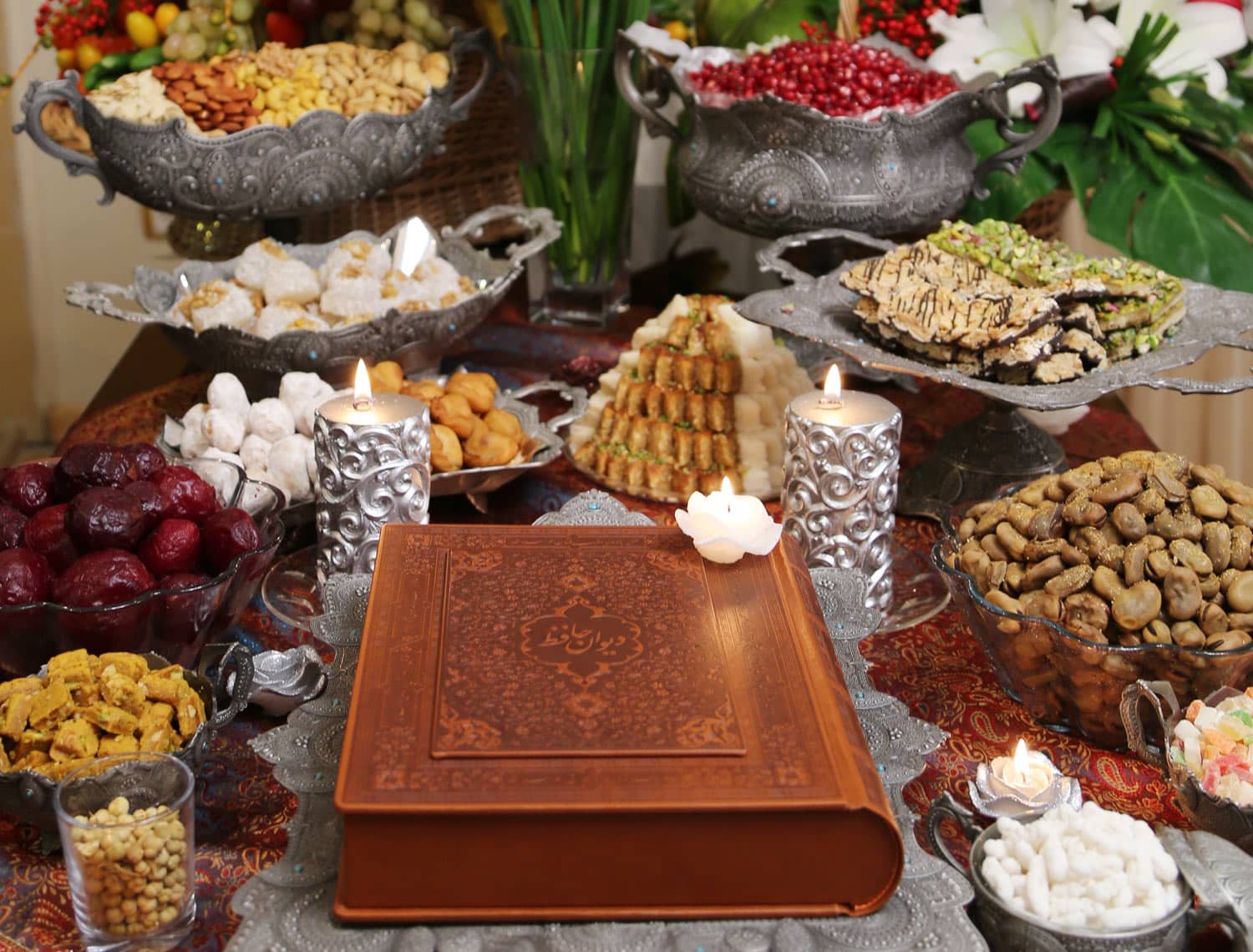
Iranian use Hafez Divan on Yalda night as a tradition in Persian culture. Yalda night, also known as Shab-e Yalda or Shab-e Chelleh, is the longest night of the year, which usually falls on December 20th or 21st. It’s a time when family and friends gather to celebrate the winter solstice and the victory of light over darkness.
Hafez Divan is a collection of poems by the renowned Persian poet Hafez, who lived in the 14th century. His poetry is deeply cherished in Iranian culture and is often associated with themes of love, spirituality, and wisdom. On Yalda night, it’s a tradition for people to gather together, often around a Haft-Seen table (a traditional spread of symbolic items), and take turns reciting verses from Hafez’s Divan.
Reading Hafez’s poems is one of the most integral aspects of a genuine Yalda celebration in Iran. Nearly every Iranian family possesses at least one copy of “Divan-e Hafez,” and many have three or four! The customary practice involves creating a ‘Fal’ using this book. Fal can be described as consulting the book, a form of divination using Hafez’s odes.
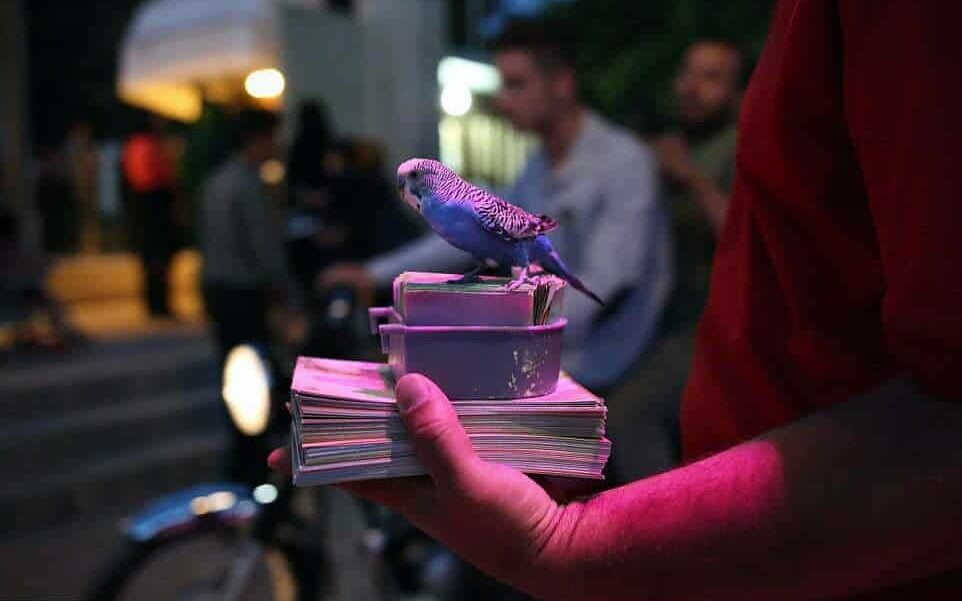
What you need to do is to make a wish or ask a question about your current life/love situation in your heart and ask for help and consultation of Hafez. When you open the Divan (the Hafez’s poems book) randomly, the poem that appears would be his answer to your question.
Of course, you need a book with the translations included or an Iranian person next to you who can read and interpret it for you! Normally the eldest member of the family (like a grandparent) opens the book for each family member and reads the poem.
It is actually an entertaining process because some find Hafez’s answers very accurate and relate to it very well. So, if you are thinking of celebrating Yalda along with Iranians, get your Hafez book as soon as possible!
Incorporating Hafez Divan into Yalda night festivities adds a cultural and poetic dimension to the celebration, making it a cherished tradition for many Iranians.
Planning for Yalda Night
How to Prepare for Your Yalda Celebration
Preparing for Yalda Night starts with setting the right ambience. Decorate your space with candles and lights to reflect the night’s theme of light overcoming darkness. Choose a comfortable and spacious area where guests can gather to enjoy the night’s festivities. Prepare a playlist of traditional Persian music to set the tone for an authentic Yalda celebration.

Tips for Hosting a Yalda Party
When hosting a Yalda party, planning is key. Send out invitations early and include a brief explanation of Yalda Night for those unfamiliar with the tradition. Arrange for ample seating and consider a dress code that includes the red color to honor the occasion. Plan interactive activities like poetry reading or storytelling to engage your guests and share the cultural significance of the event.
Essential Items for a Traditional Yalda Table
A traditional Yalda table is not complete without specific items that symbolize various aspects of the celebration.

These include:
Seasonal fruits: Pomegranates and watermelons are a must, representing the sunrise and the cycle of life.
Nuts and dried fruits: Prepare a mix of almonds, walnuts, hazelnuts, figs, and raisins.
Sweets: Offer a variety of Persian pastries like ‘baklava’, ‘shirini tar’, and ‘ajil-e moshkel-gosha’ (problem-solving nuts).
Poetry and literature: Have copies of the Divan-e Hafez and the Shahnameh available for guests to read aloud.
Decor: Incorporate elements of red into your tablecloth, dishes, or decor to embrace the symbolism of life and vitality.
Music: Enhance your Yalda celebration by creating a playlist that features both traditional and contemporary songs.
Yalda Music and Songs
Yalda Night, with its blend of tradition and festivity, is often accompanied by a rich selection of music and songs that have been passed down through generations. The music played during Yalda celebrations is as essential to the occasion as the food and company. Here we have prepared a list of top songs for Yalda Night.
Ali Molaei – Shabe Toolani
Amir Azimi – Faale Khosh
Amir Pasha Moghadasi – Yalda
Amir Tabari – Yalda
Arash Avesta – Yalda
Babak Afra – Yalda
Behrooz Porkhan – Yalda
Behrouz Eghbali – Yaldaye Ashegh Kosh
Esfandiar – Shabe Yalda
Hamed Mahzarnia – Yaldaa
Hossein Ghavami – To Ey Pari Kojaei
Hossein Haghighi – Heyfe To Nabashi
Kalmast – Shabe Yalda
Kourosh Yaghmaei – Shabe Yalda
Mazyar Fallahi – Yalda
Mohammad Motamedi – Yalda
Mohammad Ravi – Shabe Yalda
Mohammadreza Foroutan – Shabe Yalda
Ragheb – Shabe Chele
Rastaak Hallaj – Yalda
Reza Sadeghi – Shabe Yalda
Final Words
Yalda Night, an enchanting blend of history, culture, and festivity, stands out as a beacon of joy and togetherness in the heart of winter.
This occasion does more than mark the year’s longest night; it celebrates the resilience and adaptability of Persian culture. It invites us to embrace the past and welcome the future with open hearts and joyous spirits. As the preparations for the celebration begin, let us remember that Yalda is a time to cherish life’s simple pleasures and the company of loved ones.
Frequently Asked Questions
Yalda Night, also known as Chelle Night, is an ancient Persian festival that marks the longest night of the year, coinciding with the winter solstice. It is a time for family and friends to gather, share food, and read poetry.
Yalda is celebrated on the evening of December 20, 21, or 22, depending on the year’s winter solstice.
Yalda is celebrated as a symbol of the victory of light over darkness and the renewal of the sun. It’s a time to appreciate the changing of seasons and to enjoy the company of loved ones.
On Yalda Night, Iranians come together with their families, enjoy traditional foods like pomegranates and watermelons, read poems, especially by Hafez, and stay awake all night, often lighting candles or fires.
The Yalda table is typically adorned with fruits like pomegranates and watermelons, nuts, and a variety of sweets. These items are chosen for their symbolic representation of the sunrise and life.
The red color of these fruits symbolizes the glow of life and the break of dawn. Eating these fruits during Yalda is believed to invoke the light of dawn during the long, dark night.
Red is a significant color in Yalda celebrations, symbolizing warmth, health, and the life-sustaining quality of sunlight.
Yalda Night, also known as Shab-e Yalda, is an ancient Persian festival that dates back to over 7,000 years ago.
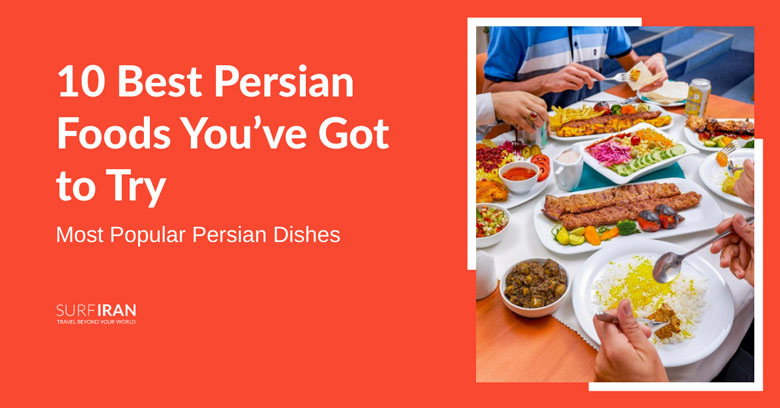





wonderful explanation
Thank you. Great presentation!
Thank you for your kind words! We’re glad you enjoyed 🙂
Thank you for creating this informative presentation.
Can not wait intil booking my trip to Iran again.
ان شاالله بعد از ماه رمضان در ایران به تهران خواهم آمد۔
Thank you for your enthusiastic feedback! We’re delighted that our presentation inspired you, and we eagerly await your next visit to Iran. مشتاقانه در انتظار دیدار شما هستیم.
Thank you for sharing the rich culture and the songs that can be downloaded.
Thank you for your kind words! We’re thrilled to hear you appreciate our efforts in showcasing Iran’s vibrant culture and its enchanting music. Your enthusiasm motivates us to continue sharing unique aspects of Iranian heritage with the world.